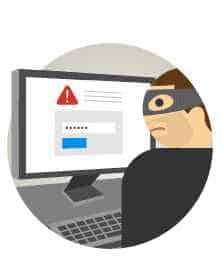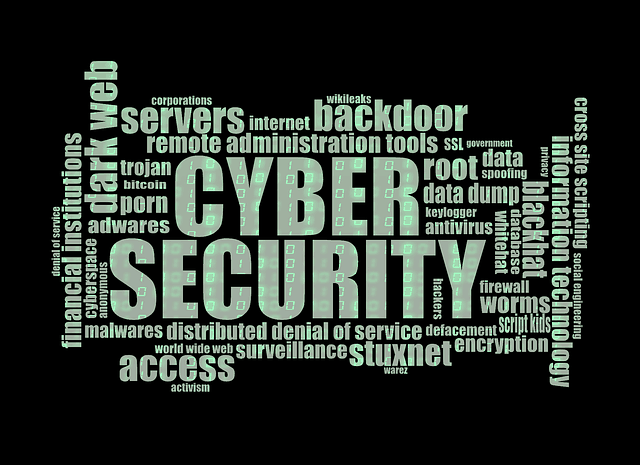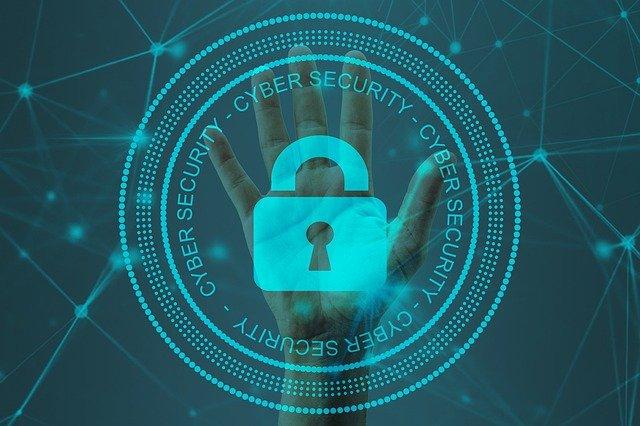Is Cyber Security and Online Payment Safety Improving?

Offline credit transactions used to be considered a lot safer than those online, with the threat of hackers and fraud a worry for many consumers. As payment technology and cyber security has greatly improved though, we may now be at a point where it’s actually safer to make online rather than offline payments. Especially with some of the risks that contactless payments and credit cards have introduced, it seems to ring truer than ever. That’s not to say that everything is perfect with online payments though.
Important Cyber Security Stats
Cyber attacks are still commonplace, with a Cybersecurity Business Report finding that 55% of all respondents experienced a cyber attack or data breach in 2016. Small businesses were the main target, with 32% of them claiming to not know the root causes of the cyber attacks they had experienced.
However, just because cyber attacks continue to occur, it doesn’t mean they are as serious as they once were. Many of these attacks may have been identified and dealt with quickly before they could have any damaging effect. Plus, with contactless card payments for purchases offline, there’s arguably just as big a threat of theft or fraud. Some data breaches can also compromise credit cards and other borrowing methods in the offline world.
Advancements in Technology
There are now more cyber security tools and practices available to online retailers than ever before, making it safer for consumers. Card data encryption, security keys that offer a second authentication factor, firewalls and regular system scans are in common use by all online businesses.
More power has been handed over to consumers themselves as well. They have the opportunity to sign up for identity theft protection services, anti-virus software and can create strong passwords. Then there are tokenisation developments, that substitute a proxy set of identifying information for the real payment card data. This avoids the merchants having to handle such sensitive data and reduces its exposure.
While the tools available to hackers and fraudsters have also improved as technology has advanced, those developed to prevent and counter-attack their methods have arguably improved at roughly the same rate. Considering the number of people who continue to make online payments and how much it has increased since the 1990s though, that suggests most people believe online payments are safe.
Cyber Security Best Practice
If you run a business that sells products online,then there are a few steps you can follow to improve your cyber security set-up:
- Invest in security software: From a firewall to domain name server-based security, these will help prevent costly attacks.
- Encryption: This is essential and can work alongside tokenisation to add further levels of protection to online payments.
- Hire security experts: Invest in expert staff who know the best practices, software and technology to use for improving cyber security for your company.
In many ways it seems that cyber security and making online payments is now better than ever, though there will undoubtedly be further improvements in the future to deal with new threats that emerge.





